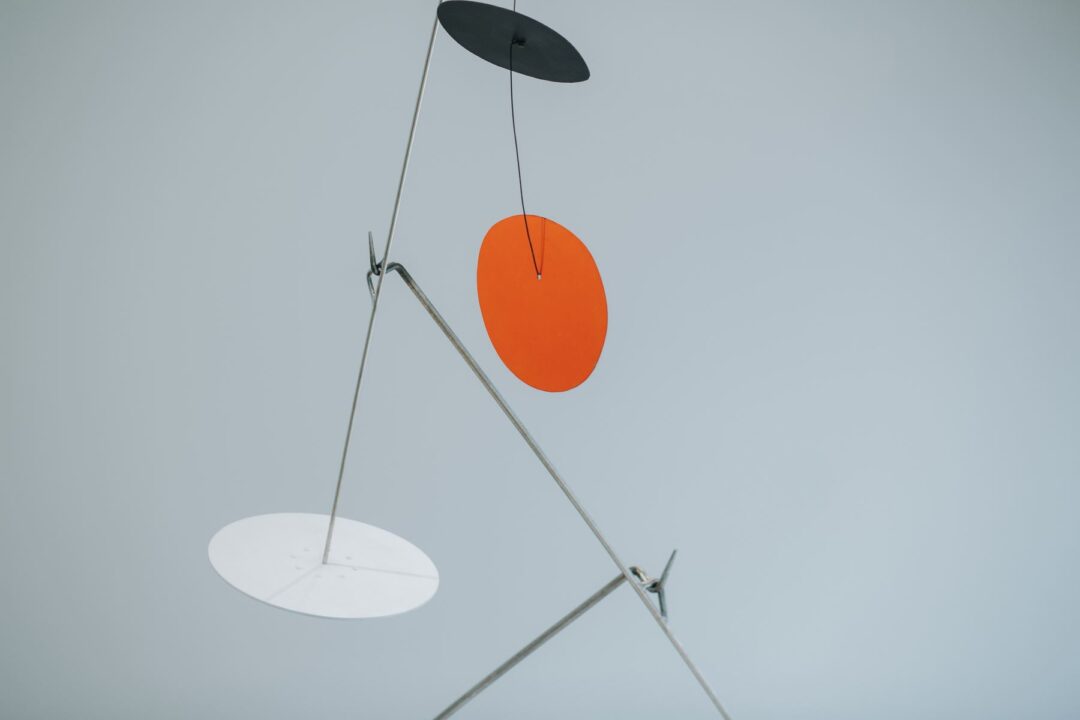How technology can help in the music classroom


What’s the idea?
In order for our students to make progress within the classroom, music teachers are particularly adept at giving immediate, usually verbal feedback based on the development of skills as well as understanding. It is often noted that ‘music teachers have long been used to doing proper formative assessment; indeed, the whole history of musical teaching and learning involves dialogic formative assessment’ (Kinsella and Fautley, 2020, p. 72). Booth states that ‘formative assessment is a process and involves working with students so that learners know where they are in their learning, where they need to be, and how they are going to get there’ (2017, p. 27). This feedback must be able to help our students develop a level of autonomy that is required of them as musicians.
The COVID-19 pandemic has dramatically altered how music teachers can function. In my school, students from Y5-11 have each been issued a chromebook, and I have made use of these to help make music more musical in a non-musical space and in remote learning. In this compact guide, I outline what I have found that works and helps to provide that instant feedback to students to personalise their learning, using technology in place of normal musical interaction. Moreover, much of what works in that context I will be keeping as part of my teaching post-pandemic, in a technologically rich environment.
Quiz- and game-based learning
Listening and theory quizzes such as Kahoot.com are invaluable for the music teacher faced with minimal instruments. As a whole class competition or as a self-paced quiz, students can go back through what they found difficult after instant feedback. As a teacher, you get graphs that help direct your teaching. Self-marking Google Form Quizzes offer a similar but less competitive option, and allow you to add personalised feedback to those who answer incorrectly, and add sections that can be used for differentiation. Then there is the subscription based option of Focus on Sound Pro that allows you to set lessons and quizzes and gives you results on a data matrix. Nearpod.com allows you to turn any powerpoint or google slide into an interactive quiz as well.
Game-based theory lessons have also proven successful, with the free websites musicca.com, teoria.com, musictheory.net, and musictechteacher.com ensuring that my students have made good progress with their theory and aural skills.
Performing, Sequencing and Composing
Online subscription-based DAW Soundtrap has provided me with many options for performing, composition and sequencing tasks, with a built-in virtual keyboard that does well enough when at home or at school with no musical equipment. I have adapted keyboard-based schemes of work such as Tango and Blues by turning them into sequenced performance units. By playing in a guide track using the virtual keyboard and asking students to replicate it, they have learned more about the texture of the music than when it was a keyboard performance topic, and they now have the DAW skills to edit MIDI and line up their tracks with the beat as well. Alongside this, the standard notation I have given them to play from makes more auditory sense, as they can follow it whilst listening along to the guide track. I have been able, whilst working remotely, to record an additional track to give verbal feedback, as well as type messages whilst students are working giving guidance. For those with devices but without the budget, Edu BandLab is a free alternative.
Noteflight is a cloud-based piece of notation software that has enabled my GCSE classes to move fluidly between composing at home and at school, whatever room they are in, and means that I can always see and respond to their work remotely. Combining this with Loom videos means I have been able to give feedback verbally, looking at areas for improvement on students’ work, as though I was sat next to them. Google Chrome extension talkandcomment.com has also proven invaluable, meaning I can at any point record some verbal feedback or explanation to send to a class or individual.
Want to know more?
Booth N (2017) What is formative assessment, why hasn’t it worked in schools, and how can we make it better in the classroom?’ Impact 1: 27–29.
Kinsella V and Fautley M (2020) Giving value to musical creativity. In: Finney J, Philpott C and Spruce G (eds) Creative and Critical Projects in Classroom Music. London: Routledge, pp. 65-76.
Spendlove D (2009) Putting Assessment for LearningKnown as AfL for short, and also known as formative assessme Into Practice. United Kingdom: Bloomsbury Academic.









